Heritage Branding: Tapping Into the Power of Tradition
Do you know the feeling of drinking an ice-cold Coke or taking a bite of a McDonald's burger? Have you ever felt that warm and fuzzy sense before? That's heritage branding.
Heritage brands are well-known names and products that have become part of our culture. These companies include more than just logos or slogans; they are like heirlooms passed down through generations within families.
But this idea isn't about old-fashioned goods or trendy vintage items only. It is a powerful marketing strategy that taps into our need for stability, authenticity, and connection to the past. In these rapidly changing times, such timeless brands act as anchor points; they offer something constant amidst all other changes – stability. Additionally, they provide individuals with identity and belongingness, which greatly matter to contemporary customers today.
Table of Contents
The Origins of Heritage Brands
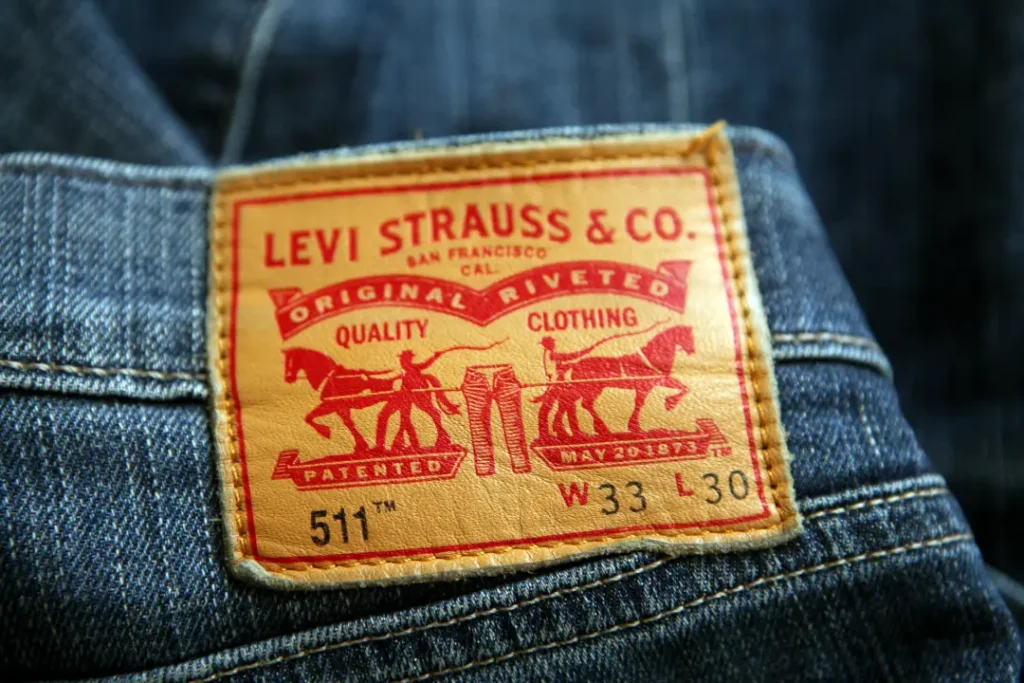
How about we go back in time? It is true that most of the heritage brands we know today came into existence in the 19th or early 20th century; this was an era marked by fast industrialisation, urbanisation, and social change. Amidst all this chaos where conventional ways of life were overturned, such innovatory firms provided continuity with the past and a sense of familiarity.
A good example is Levi Strauss & Co., which was started in 1853. The jeans made from their denim represented the rugged American spirit worn by gold miners and cowboys, among other blue-collar workers. Coca-Cola also serves as another illustration. It was invented in 1886, and within no time, it grew into people's favourite national drink. It could be identified anywhere because its logo had a red background with white writing.
These corporations were selling products and ideas, too; they sold lifestyles and even bits of the American dream. For many years, these organisations were integrated into our cultural values until their signs alongside mottos became part of what we collectively know about ourselves.
Why Heritage Branding Works
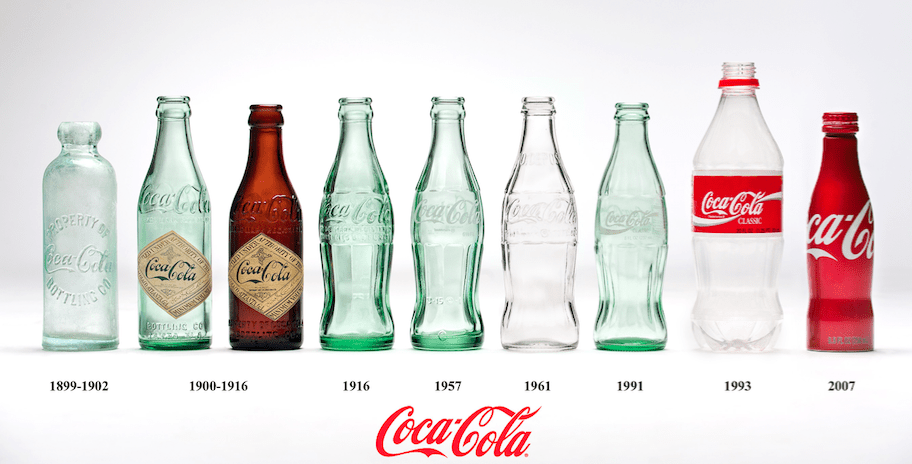
So, what's the secret behind heritage brands that makes them so attractive? It's a powerful blend of yesteryear, genuineness and story-telling as old as time.
To begin with, there is the nostalgia. Our brains are designed to produce warm fuzzy feelings whenever we see, hear or smell anything that reminds us of our childhood. This psychological occurrence is called ‘reminiscence bumps‘ and represents the soft spot heritage brands target. For example, look at those vintage Coca-Cola bottles or listen to the famous “I'd like to buy the world a Coke” jingle – doesn't your heart skip a beat?
Still, this isn't all about warm fuzzies: besides making one feel good inside, these labels also convey an impression of being genuine and well-made – qualities much sought after by contemporary shoppers in today's throwaway society where everything is mass-produced. Thus, when you try on some Levi's jeans or enjoy Jack Daniel's whisky neat, you are participating in an age-old process of skilful artistry combined with extreme attention to detail passed down through the ages.
Moreover, let us not underestimate storytelling power either: heritage brands do not merely sell their wares. Instead, they sell stories — narratives imbued with history that evoke many different emotions within us at once. To put it differently, even though we might be aware that every word said about the Californian gold rush could have been figments of someone's wild imagination or realise that Tennessee whiskey never existed during the period attributed to Jack Daniel himself. Still, we cannot help but get carried away by such tales as if they were part and parcel of our cultural heritage.
How Brands Cultivate a Heritage Image
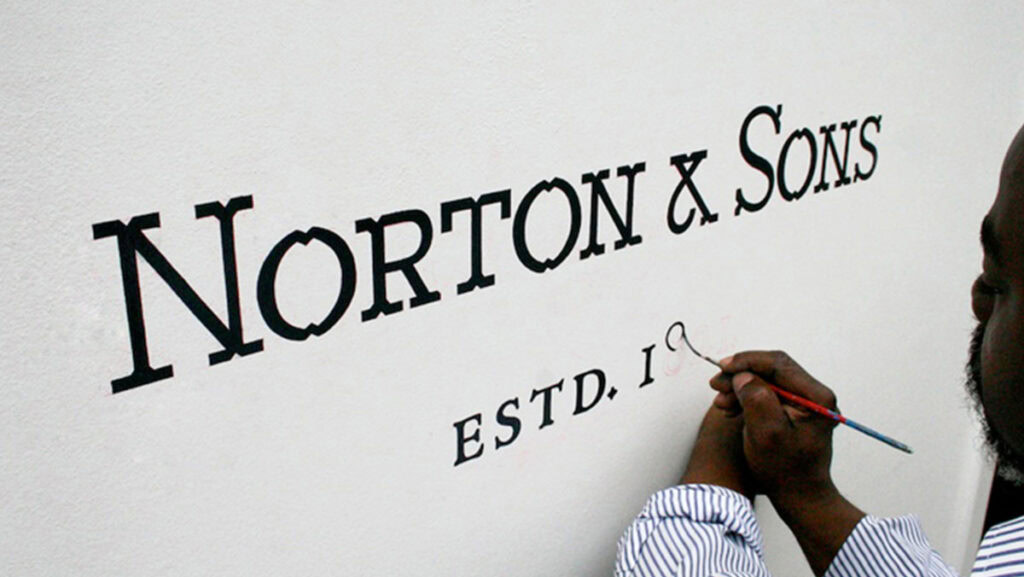
So, how does a brand go about that cherished heritage? It's a tricky act of honouring tradition while still relevant to today's consumers. Here are some ways to do it.
Embracing the Past
For these companies, everything starts with respect for their history. They don't just put a vintage-looking logo on something and call it did – no, they go deep into their archives, creating museum-like brand experiences from old catalogues and advertisements, selling commemorative merchandise, and packaging products in designs that mimic those used in olden times.
Just take Jack Daniel's, for example. Its distillery in Lynchburg, Tennessee, is practically frozen in time, with original buildings and artefacts dotting the grounds and a replica of Mr Jack Daniel's office circa the late 1800s where visitors can see what life was like when this iconic whiskey brand started.
Levi Strauss does this too at flagship stores like San Francisco's Levi Plaza, where installations tell stories about moments when Levi jeans were more than just pants but cultural touchstones – from outfitting gold rush miners to dressing East Coast punks and West Coast rappers.
Staying true to themselves
But heritage branding isn't all about looking back or sharing little-known tidbits from yesteryear; it also requires staying true to one's identity as set forth by long-held values.
Patagonia embodies this philosophy better than anyone else in the outdoor industry – if not all businesses everywhere – having built itself into an environmental sustainability powerhouse over decades while never losing sight of why they started making clothes at first: people should be able to stay warm outside without trashing nature or exploiting each other.
Harley-Davidson motorcycles likewise stand tall for freedom-loving rebels worldwide who share an unquenchable thirst for adventure fueled by American steel. Still, through good times and bad (including near-death experiences during economic downturns), H-D has always stayed close to its outlaw biker roots, fostering communities of riders and fans bound together less by a logo than by a middle finger raised in defiance against conformity.
These companies have remained authentic because they've stayed true to themselves – something that can't be faked or manufactured – and their authenticity resonates deeply with consumers.
Changing (But Not Too Much)
However, even the most tradition-bound brands cannot afford to stay the same forever; therefore, heritage brands must change just enough so that people still recognise them but not so much that nobody does anymore.
Coca-Cola is a good example here: while the red-and-white logo and curvy bottle shape have hardly budged since 1886, Atlanta-based Coca-Cola Co. continually rolls out new flavours like diet cola for Weight Watchers or Coke Zero Sugar targeting sugar-haters who also don't mind artificial sweeteners which keep things interesting without alienating loyalists who might otherwise defect to PepsiCo Inc.'s soda lines.
Levi Strauss & Co. know this too well, having gone through several denim trends myself over the past few decades where tight was right, then loose became cool again before tight once more took hold, but Levi's managed somehow to adapt just right each time so that no matter how skinny or baggy people wanted their jeans they could rest assured those pants still had some rivets left in them somewhere.
The Power of Heritage Branding in Consumer Behaviour

Heritage branding sounds all right, but does it work regarding consumer behaviour and purchasing decisions? You bet.
Constructing Emotional Connections and Brand Loyalty
The most helpful thing about heritage branding is that it can create emotional connections with consumers – the kind of brand loyalty that money cannot buy.
Just think about it: when you grow up with a brand, sharing moments and traditions with your loved ones that revolve around its products or services, it becomes more than just a logo or a thing. It becomes part of who you are as an individual, your cultural background, everything that makes up “you”.
That is why Harley Davidson riders are not just customers; they belong to a tight-knit community of passionate bikers who view their motorcycles as extensions of themselves and lifestyle symbols. This is also why Coca-Cola brings such strong nostalgic feelings along with warmth – it goes beyond being another drink to becoming something deeply rooted in people's lives and customs.
Such emotional ties foster intense devotion to brands whereby buyers become fervent advocates ready to preach the gospel according to their favourite labels. So, they are not simply purchasing items but investing in shared history, a sense of belonging, and some part-related personal records.
Charging Higher Prices for Products and Capturing Larger Market Shares
However, warm fuzzy feelings aside, heritage branding represents shrewd business moves that lead firms to command premium prices while gaining dominance over rivals within specific markets.
For example, Patagonia charges extra bucks for its outdoor wear because patrons perceive them (the company) as embodying more comprehensive values such as environmentalism, sustainability, and social consciousness. Another case in point could be Jack Daniel's whiskey, whose sales remain high even after many years since its establishment thanks primarily to rich tradition plus meticulous manufacturing processes applied during the production period.
To appeal to those who crave genuineness backed by age-old practices, among other things, heritage brands can not only charge higher prices but also keep an iron grip on market share even if faced by cheaper trendy competitors.
Bridging Generational Gap and Cultural Differences
One of the most remarkable achievements made possible through heritage branding is its ability to unite people from different generations and cultures who may have little in common apart from their love for specific products or services sold under recognised labels.
How many global companies do you know that are equally loved by hipsters living downtown and farmers residing in the countryside? Yet iconic American institutions like Levi's, Coca-Cola, and Harley-Davidson achieve this feat again – where individuals find shared ground through familiar objects represented by specific logos associated with particular organisations, notwithstanding individual backgrounds or social strata.
Universal appeal is partly explained by the aspirational aspect inherent in various types connected with history. Though deeply rooted within specific cultural milieus such as Wild West (Levi's), core values and narratives around these themes often resonate throughout societies across a time-space continuum – freedom, uniqueness, skillfulness, and thrill-seeking.
Therefore, while young city dwellers based in Shanghai might not necessarily relate directly to the rugged cowboy lifestyle, they can still draw inspiration from ideals exemplified by Levi's: self-expression, genuineness together, and spirit exploration.
The capacity to surpass limits and create links across various people makes heritage brands truly global and meaningful in a progressively more interlinked world – an invaluable resource in present-day society.
The Pitfalls and Challenges of Heritage Branding
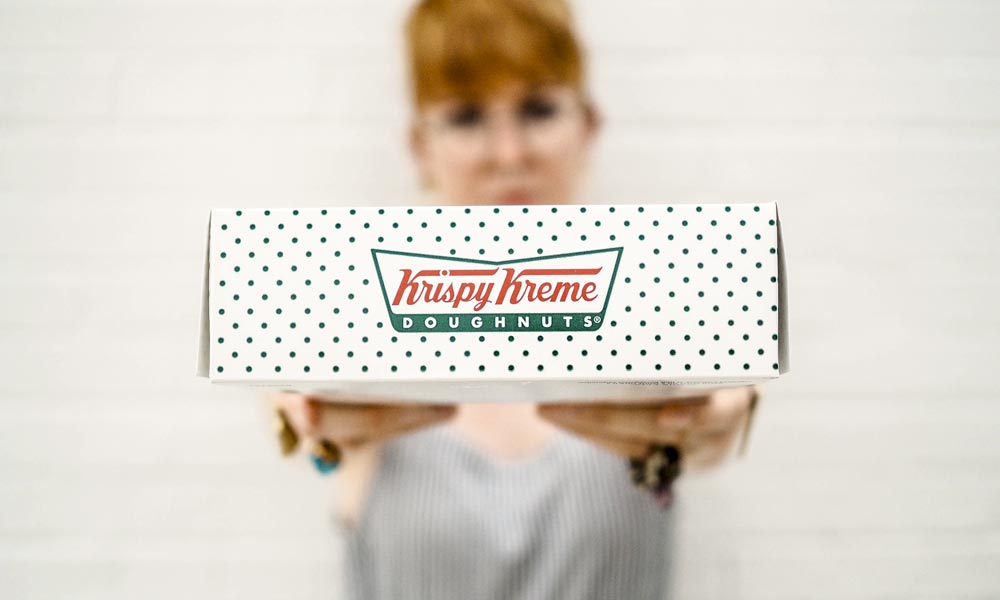
However magical and powerful it may be, heritage branding has both challenges and potential drawbacks. Like any potent marketing strategy, it needs skillfulness and a deep understanding of what makes the brand's heritage unique and emotional.
Inauthenticity and “Heritage Washing” Danger
One of the most significant risks with heritage branding is being tempted into what some call “heritage washing.” This means putting on a surface-level façade of vintage aesthetics or nostalgia without any real substance or authenticity behind it.
Customers are not naïve these days; they can quickly tell fake from genuine narratives of inheritance even if they were separated by miles. Attempting to create a feeling of tradition or history where there is none fails and backfires by destroying credibility among consumers while eroding their trust in such brands.
Proper heritage branding demands deep, honest connections between a brand's roots, values and storied pasts; it cannot be counterfeited nor taken up lightly by businesses which risk appearing insincere about their heritages, thereby lowering all effects that may arise out of associating with past events.
The difficulty of remaining relevant
The other pitfall facing heritage brands is balancing pace with changes around them while remaining true to themselves in an ever-changing business environment.
As we had said before, this tightrope walk involves evolving along current trends but still sticking to the innermost principles that define the uniqueness of each particular company or product line under consideration.
Failure to adapt to new ways will make any old-fashioned establishment look dull, outdated and irrelevant within no time since people will view it as an antique rather than a living part of modern culture.
On the contrary, once you shift too much away from your original roots, customers who have always supported you might feel left out, losing touch with key aspects that initially made such enterprises popular among their loyal followers.
It's a continuous give-and-take, so the brand must be flexible enough to adjust to prevailing consumer habits and cultural shifts.
Over-Commercialisation Risk
In the last analysis, heritage brands must be careful not to over-commercialise themselves or risk sacrificing genuineness at the altars of material gain via corporate identity.
When such establishments become excessively preoccupied with exploiting their nostalgic appeal for commercial purposes, e.g., producing numerous lines of tacky merchandise designed around past events accompanied by flashy advertising campaigns, they trivialise these very legacies that should have been cherished most deeply.
Consumers can easily recognise crass commercialism coupled with exploitation; nothing repels them faster than seeing an enterprise that seems more interested in selling expensive trinkets than acknowledging its glorious history while remaining faithful to core values.
So, it appears best to strike a delicate balance between celebrating and capitalising on a brand's heritage through meaningful, genuine means while showing some modesty towards what has already happened in said organisation's storytelling.
The Future of Heritage Branding in a Digital Age
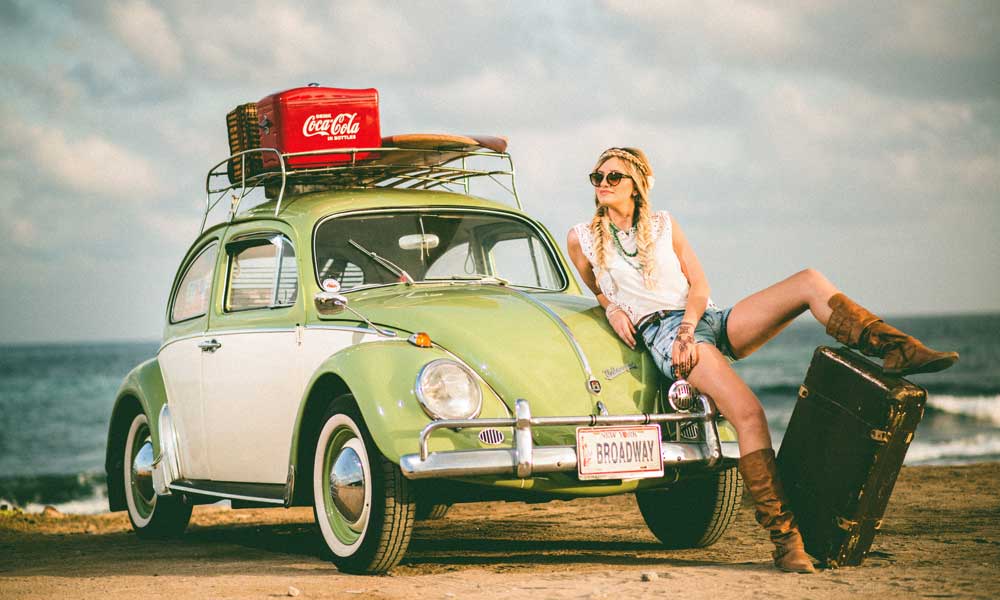
We're moving forward into a more digital world by the second. What will happen to heritage branding in this new age? Will people still be drawn in by nostalgia and tradition when so many new things are constantly thrown at them?
Exploiting Digital Channels and Immersive Experiences
If anything, heritage branding has been strengthened by the rise of digital media and immersive technology such as virtual (VR) and augmented reality (AR).
Right now, brands on the cutting edge already use these tools to create all-encompassing brand experiences that take consumers through time with their senses.
Consider putting on a VR headset and walking into a 19th-century Levi's factory. You look around and see artisans making jeans the old-fashioned way; they've got their tools and sew each pair carefully. Or you could take a virtual tour of Jack Daniel's distillery and get led around by a hologram of Mr Jack himself.
These immersive experiences don't just make heritage come alive—they force it deep into people's guts because they can touch, taste, and feel it for themselves, too.
Saving Heritage in the Digital World
But digital technology isn't only good for showing off or enhancing heritage branding; it can help save history.
As we move toward an increasingly paperless society where everything becomes digitised, how will brands keep their stories alive long after physical objects have rotted away?
The answer might lie with 3D scanning, archiving everything digitally before storing all those and zeros somewhere safe where future generations can access them whenever they want.
For example, imagine scanning every original product design alongside each manufacturing process involved – or cataloguing vintage marketing materials and any other historical records related directly to any given company name. By creating an online database of up-to-date information regarding so many different brands' pasts, all kept safe forever, people who love these kinds of things will never have to worry again about running out into the physical world just because they want more information on any particular brand.
Embracing Storytelling 2.0
Of course, the discussion about heritage branding in the digital age would only be complete by mentioning how modern media has opened up new avenues for telling stories.
In a world where everyone's shouting over each other, storytelling is more important than ever if you want someone to listen. But with all this stuff happening simultaneously (content! content! content!), how can brands ensure their message gets through and sticks around?
The answer lies within digital platforms themselves; there are so many different types now available that brands can essentially take their pick depending upon what kind of story they want to tell and who they want to resonate with most effectively overall.
Just picture an episodic docu-series which dives deep down into one specific brand's beginnings while also fleshing out exactly how it came into being over time, featuring guest appearances from industry experts as well as dramatic recreations based on real-life events meant to bring certain moments alive again before viewers eyes.
A brand's history can be told through a blend of text, images, video and interactive elements, much like a choose-your-own-adventure story. Moreover, this could be done on an interactive website or even through an app. The idea is to allow users to delve into the past in a way that suits their interests and curiosities.
What if heritage brands used digital storytelling more often? If they did so using cutting-edge multimedia technology too, then it would enable them to create rich multi-layered narratives which resonate at much deeper emotional levels with people – thereby ensuring that these companies become seen not only as sellers of goods but rather as cultural reference points and guardians of our collective pasts and customs.
Conclusion
In a world that appears to be spinning faster and faster, where trends and technologies become obsolete at an incredible pace, heritage branding remains an eternal testament to our innate desire for authenticity, history and connection with the past.
From the Coca-Cola logo recognised across the globe to Levi's jeans' rugged style, these brands are more than just companies or products – they are part of what makes us who we are as individuals within society; they serve as shared memories which unite people across time and space.
Nevertheless, powerful or resonant it may be, heritage branding is also exceedingly delicate; one must walk lightly while respecting tradition — otherwise, it risks becoming irrelevant kitsch devoid of substance. The challenge lies in balancing the celebration of what has been achieved against remaining appealing to present-day consumers who live in an ever-changing world without losing touch with roots.
If anything, due to digitalisation taking over every aspect of life by storm so far unseen before now, nothing but even stronger could become its role played together with significance attached to it by humanity on its march towards the future. It is timeless brands among things created that will serve as reference points when everything else seems uncertain, thus reminding us about our very selves while at the same time showing new directions into uncharted territories.
With such thrilling technologies emerging like augmented reality (AR) or virtual reality (VR), there has never been a better moment than this for heritage brands around the globe: they can bring alive their rich historical narratives through immersive multi-sensory experiences, thereby creating deeper emotional connections with people ensuring that these stories live on throughout generations.
So here's to the long-lastingness inherent in nostalgia-inducing marketing methods – may it always be fueled by storytelling ability rooted deep down inside human nature! These iconic companies warm hearts and bridge gaps between cultures in an increasingly globalised world where individuality often feels lost amidst universal sameness.
Frequently Asked Questions (FAQs)
What is a heritage brand?
A heritage brand is a business or product that has existed for a long time and has built up an abundant history and cultural importance above generations. Typically, these brands are deeply grounded in tradition and have become famous as icons or reference points within their respective industries or societies.
Why do consumers find heritage brands so attractive?
Nostalgia, authenticity, tradition and stability – heritage brands tap into decisive psychological factors. These timeless names provide comfort, familiarity and a connection to the past that many people find comforting in an ever-changing world.
How can brands create an image of being traditional?
Brands frequently do this by playing up their age-old traditions; they preserve historical artefacts or records and stay faithful to original values/principles (or) foundations while telling stories about them through immersive experiences which will resonate with today's audiences living through different times from those back then.
Can you give examples of successful heritage brands?
Some of the most well-known include Levi's, Coca-Cola, Harley Davidson, Jack Daniels, and Patagonia (among others) because they've been around for ages!
What are some potential pitfalls when it comes to doing heritage branding correctly?
“Faking” history- companies should not try to fake/exaggerate their past just because others might like that better than reality. Next on the list is staying relevant without disrespecting tradition, followed closely by over-commercialising/cheapening one's history through too much merchandising or exploiting it excessively.
How does digitalisation affect how we think about our pasts as individuals living now in present times?
In today's day and age, even old school items such as Heritage Brands may use virtual reality (VR) technology along with other similar tools so as not only to keep these things alive but also allow people to experience what happened before through senses beyond touch alone; likewise, digital preservation facilities could be used for keeping records safe forever more down line whenever needed.
Why is story-telling important for a heritage brand?
Storytelling is vital when trying to connect individuals and their rich pasts, personalities or narratives in ways that are both interesting and easy for people today to understand on an emotional level too. One can't underscore how much storytelling helps cement cultural relevance around any company like this.
Can new businesses still apply strategies involving traditions?
Although difficult without many years behind them – yes, even newer companies could potentially create specific images associated with traditional values if we look at a broader culture where craftsman skills are often regarded highly along with quality artistry plus famous figures connected to history who embody these principles, therefore resonating deeply within such organisations' ethos.
How can they avoid becoming boring or irrelevant over time?
To stay fresh, heritage brands must balance maintaining their roots while keeping pace with changing trends; sometimes, this means coming out with innovative product lines that utilise current design aesthetics but are rooted in foundational brand beliefs so all aspects remain true authentic identity throughout the adaptation process.
What gives weight behind the name of an old business that's been around forever versus something created recently?
The longer something has been established usually, the more value certain things because everyone knows them by now, especially when compared against anything else made recently, which would make people question what could set it apart from similar items produced since then, therefore creating doubt surrounding its merits.
How does community contribute to creating a sense of belonging within these organisations?
Building solid ties among customers or fans fosters loyalty and pride for many heritage brands, keeping them emotionally attached to such establishments. These loyal communities share stories about their favourite memories while appreciating shared customs, thus preserving historical background through generations and affection for the brand.
About heritage brands, how crucial is corporate social responsibility?
Heritage brands must set good examples and abide by solid moral and social standards as keepers of age-old cultural traditions. By entwining sustainability with corporate social responsibility into the heritage stories they tell about themselves, businesses like Levi's or Patagonia have made them even more culturally significant and resonant among contemporary audiences.
Can legacy brand strategies be applied to an individual or public figure?
Many politicians, celebrities, and other public figures have used the techniques of heritage branding to create an atmosphere around their personae that can be described as authentic, traditionalist, and full of cultural significance. From stressing out family history through connecting oneself with famous historical characters or movements, personal legacy branding tactics may establish emotional bonds with people.
